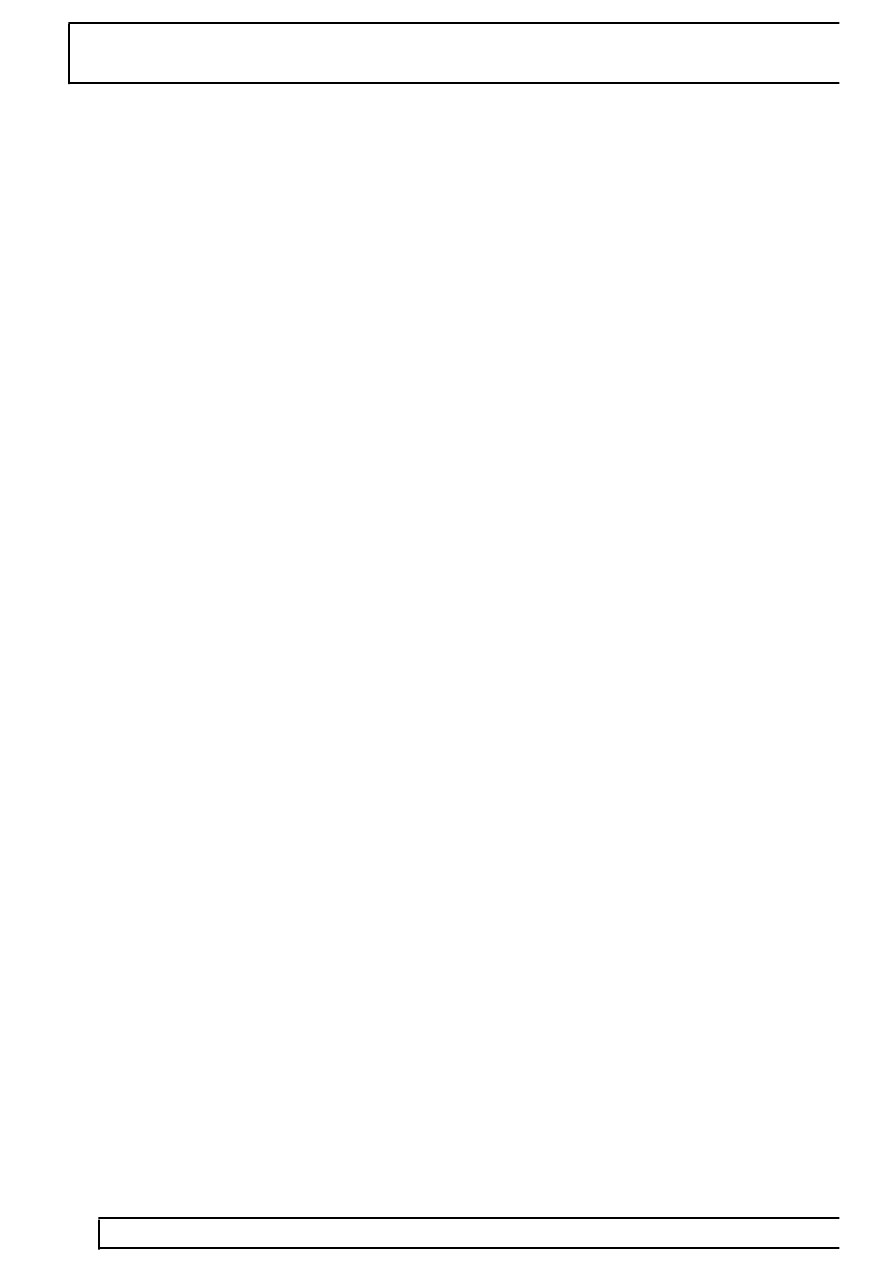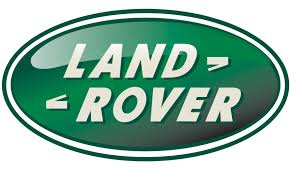Range Rover P38

87
NAVIGATION SYSTEM
NEW RANGE ROVER
18
DESCRIPTION AND OPERATION
Sensor Input ’Health Check’
Selecting the ’Sensor Check’ item from the service
mode menu causes the sensor check screen to be
displayed. The sensor check screen is used to provide
a quick visual check that all the input sensors are
working. Some of the tests below involve driving the
vehicle for short distances. Before starting these tests
ensure that an appropriate location, away from public
roads and obstructions, is chosen. The system-input
sensors can be tested as follows:
1. Wheel speed sensors - When the car is
stationary the values in the wheel sensor boxes
should both be zero. The car should be driven
for a short distance. Whilst driving, a number
should be displayed in the left wheel sensor box.
The value in the box should be proportional to
the speed of the vehicle - i.e. the value will
increase as the speed increases. As the speed
becomes more constant, just the left box should
display a value - this indicates the speed signal
from the front left ABS sensor (buffered and
averaged through the vehicle BeCM).
2. Gyro - The navigation computer has an inbuilt
Gyro, which is used to determine changes in
direction of the vehicle. With the vehicle driving
forward in a straight line the direction arrow
should be pointing to the top of the screen. The
Gyro value beside the direction icon should
remain fairly constant. The vehicle should then
be made to make a turn first to the right and then
to the left. When the vehicle turns to the right,
the direction icon should turn clockwise and the
Gyro value should increase. The size of the
angle through which the direction icon turns
depends on the tightness of the turn. When the
vehicle turns to the left, the direction icon should
turn counter-clockwise and the Gyro value
should decrease.
3. Direction sensor - The direction sensor is used
to determine whether the vehicle is travelling
forwards or backwards. When the vehicle is in
any forward gear, and in neutral or in park in the
case of an automatic transmission, the vehicle
display should show ’Forwards’. With the vehicle
in reverse the display should change to
’Backwards’.
4. GPS System- The sensor check screen displays
the number of satellites being received and the
status of the GPS system. The different states
are listed below.
GPS Error
There is a communication error between the
GPS receiver and the Navigation computer.
Satellite Search
The system is searching for satellites. If this is
displayed it may imply that there is a failure in
the GPS system. First check that the GPS
antenna’s view of the sky is not blocked in any
way. Check harness connections between the
GPS Receiver and the GPS antenna.
Satellite Contact
The system is tracking a number of satellites.
This indicates that the system is all connected
correctly but does not have enough information
to determine the position of the vehicle. Check
that there is nothing obstructing GPS antenna’s
view of the sky - e.g. a metallic object covering
the right-hand side plenum area. It may take
several minutes for the GPS system to acquire
enough satellites to determine the vehicle
position (Position known).
Position Known
The system has a current position fix. This
indicates that the GPS system is functioning
normally.
Selecting ’<Return’ returns the system to the service
mode menu.
Service Diagnostics
No serial diagnostic link is provided with the 2000 MY
Range Rover navigation system, so TestBook cannot
interact with the system. However, a TestBook
diagnostic is available, comprising a series of prompt
screens to complement the on-board diagnostics
feature.
